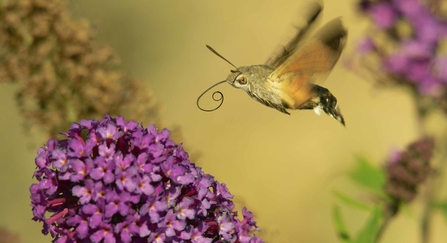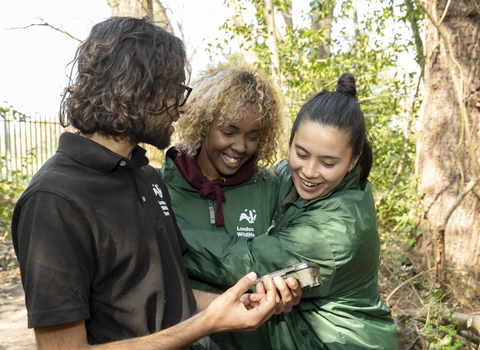Constantly vilified by the media, most people think of moths simply as household pests: Living only with the intention of destroying our best woollens and deserving of a dousing in a deadly spray. However, since only two out of the 2,500 plus species of moth in the UK lay their eggs in clothes, this is only a small side of the story. Not only are moths far more physically diverse than many think (a privet hawk moth can have a 12cm wingspan), but their impact on the world is diverse, ranging from their ecological services to their contribution to Darwin’s theory of evolution.
Far from being invasive, the cinnabar moth (pictured below), known for its striking black and red wings and equally striking black and yellow caterpillar, has had a hugely positive impact on UK agriculture. The caterpillars eat ragwort, a wildflower potentially deadly if ingested by horses and cattle. This moth has so much value for the farming industry that it has been intentionally introduced into North America and Australia to help control the weed.



